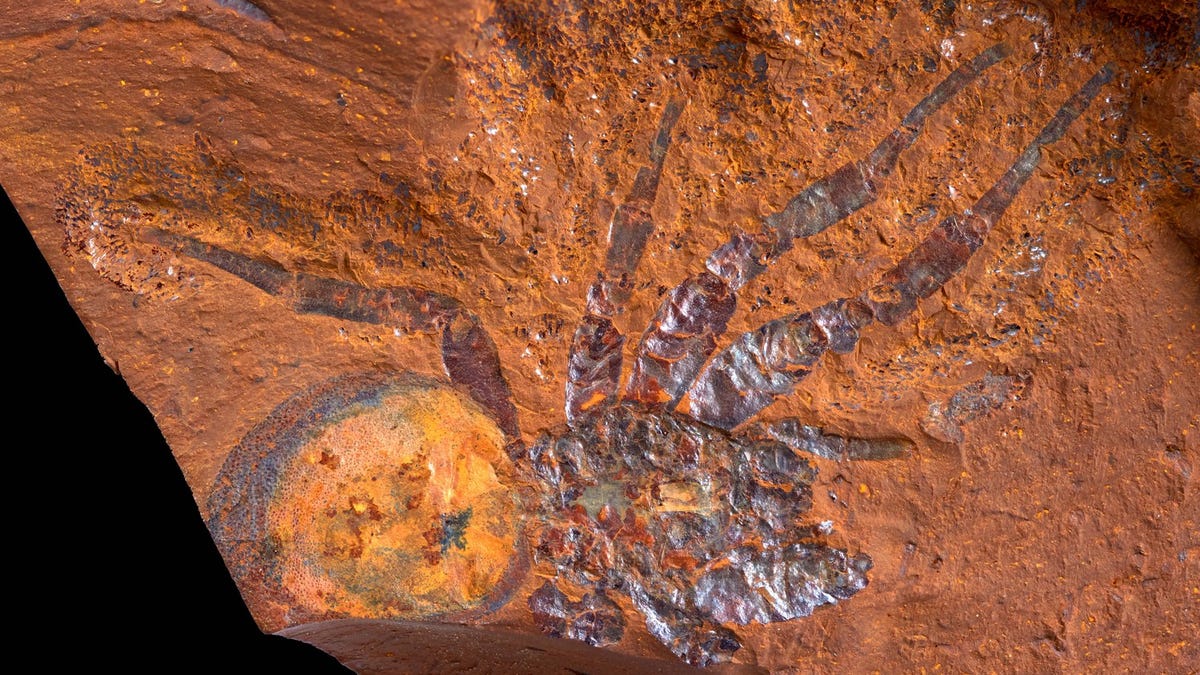See the stunning finds unearthed at new fossil site in ancient rainforest
The fossil site is delivering eye-popping examples of insects and plants from millions of years ago.
A secret has finally been revealed. A team of scientists has spent three years quietly excavating an astounding fossil site in New South Wales in Australia. The site, called McGraths Flat, is delivering sensational fossils of plants, insects and animals dating to between 11 million and 16 million years ago during the Miocene epoch.
A fossil spider is one highlight of the finds. According to a statement from the Australian Museum on Monday, the team has discovered 13 spiders -- "often completely preserved" -- at McGraths Flat. As of a few years ago, only four spider fossils had been found in all of Australia.
The site was once an ancient rainforest and the researchers have found fossils of wasps, cicadas, ants, termites and even dragonfly nymphs. It's not just creepy-crawlies represented there, but also plant leaves, flowers, fish and a single feather. Many of the species appear to be new to science . The remarkably detailed specimens have revealed the stomach contents of fish and microfossils of pollen on insect bodies.
This fossil from the McGraths Flat site in Australia shows a feather in impressive detail.
The team published a paper on its findings in the journal Science Advances last week. "Until now it has been difficult to tell what these ancient ecosystems were like, but the level of preservation at this new fossil site means that even small fragile organisms like insects turned into well-preserved fossils," said lead author Matthew McCurry, a paleontologist with the Australian Museum and the University of New South Wales.
These dainty fossilized flowers were found a the McGraths Flat site in Australia and date to the Miocene epoch.
The fossils paint a portrait of a changing ecosystem when rainforests were disappearing and may hint at what's ahead for parts of Australia. Said study co-author David Cantrill of the Royal Botanic Gardens Victoria, "The McGraths Flat plant fossils give us a window into the vegetation and ecosystems of a warmer world, one that we are likely to experience in the future."


